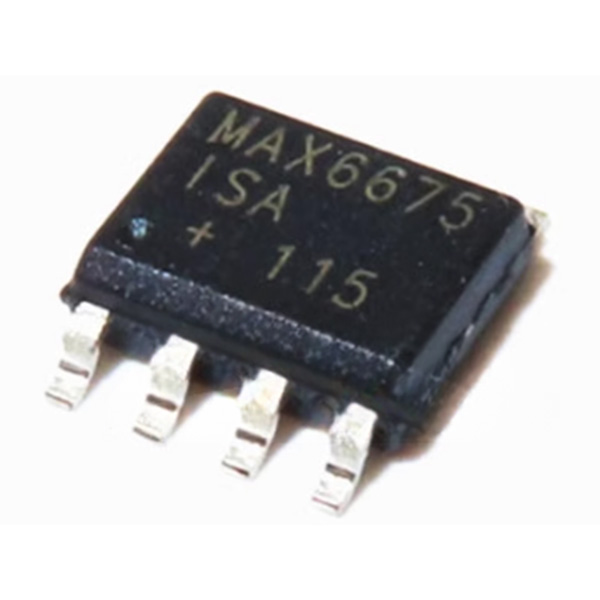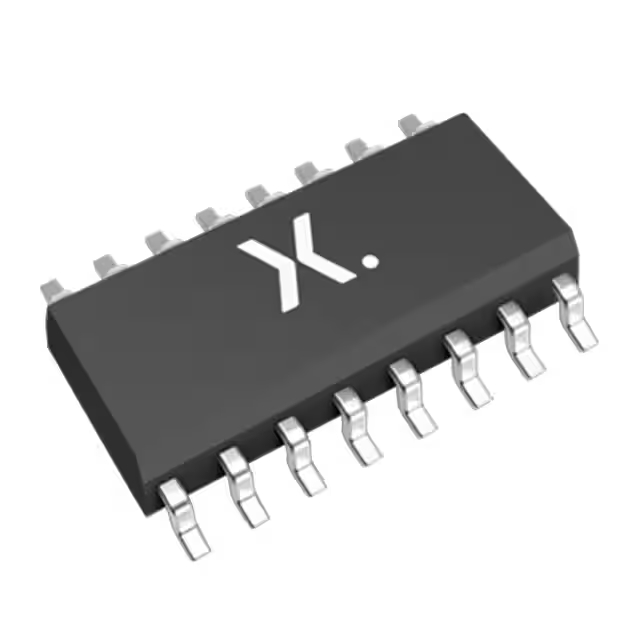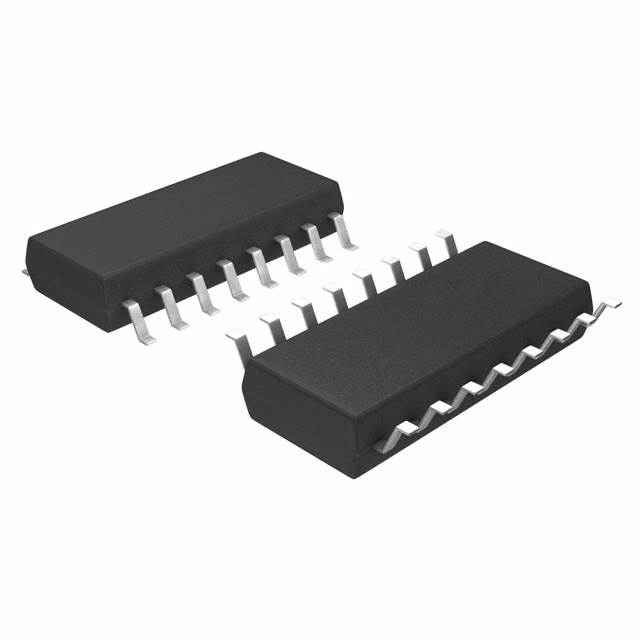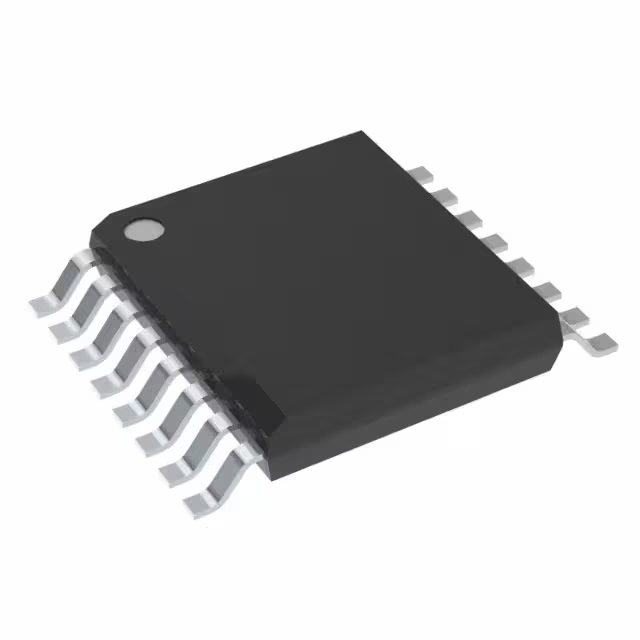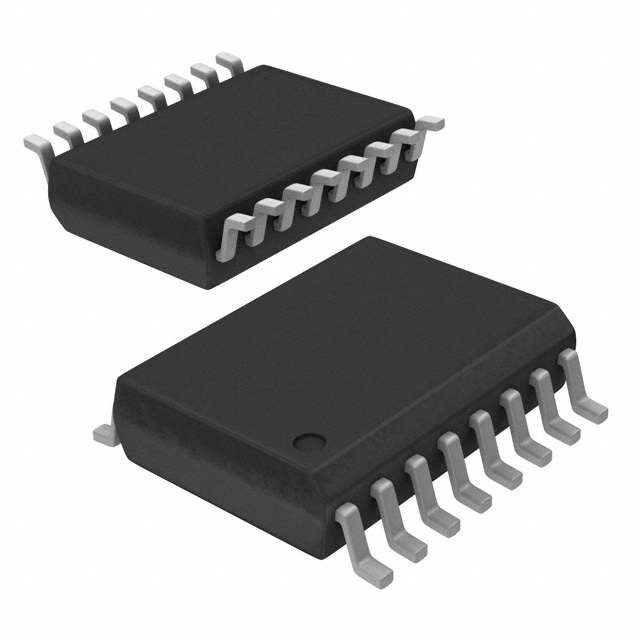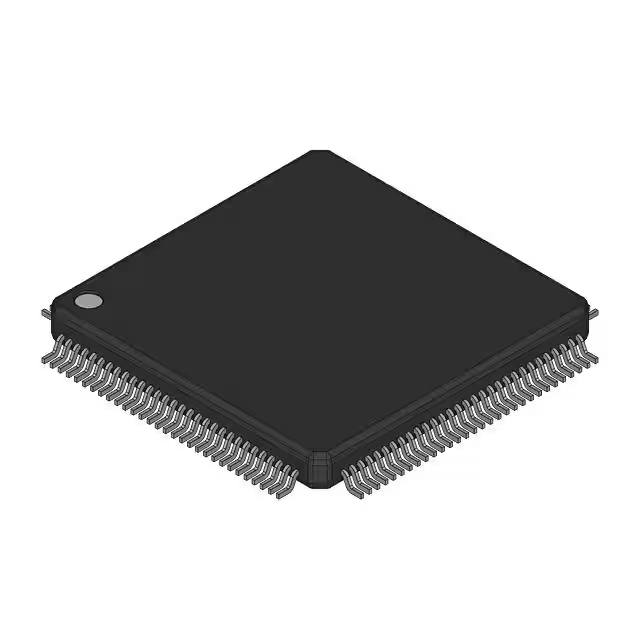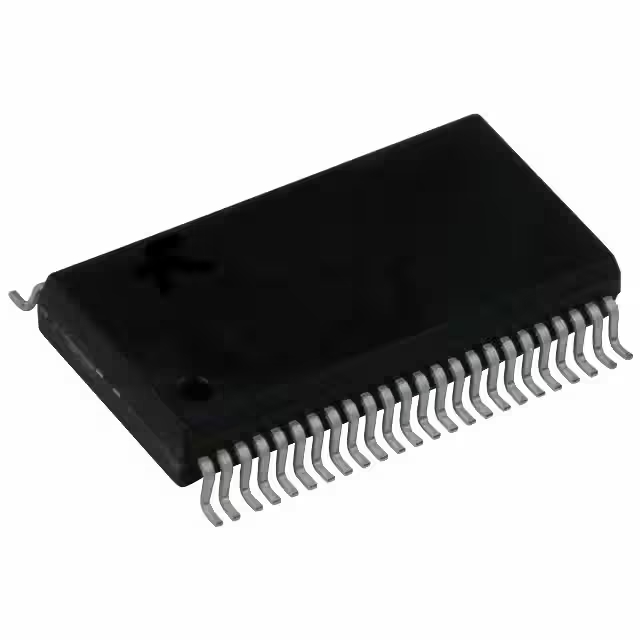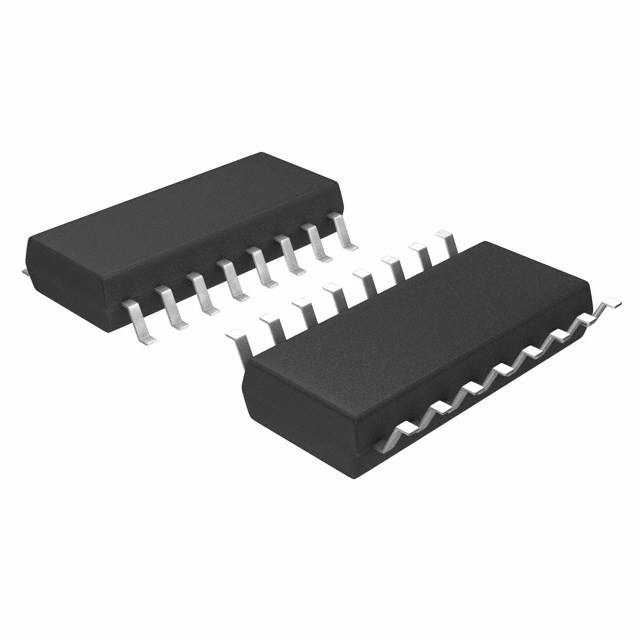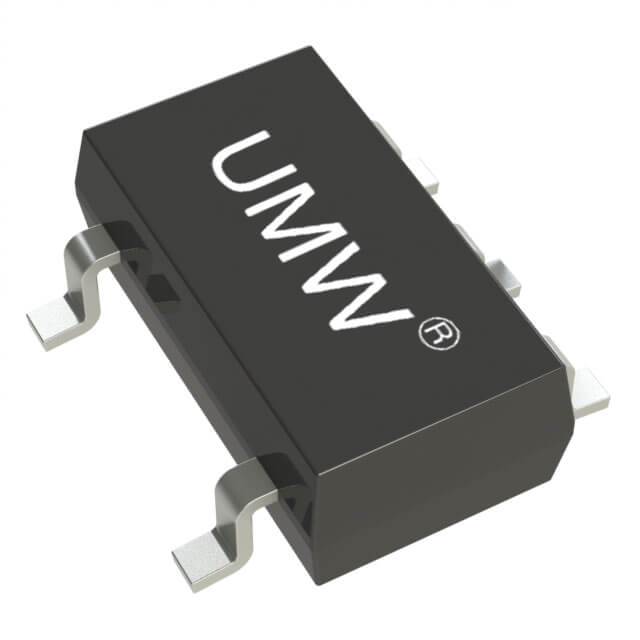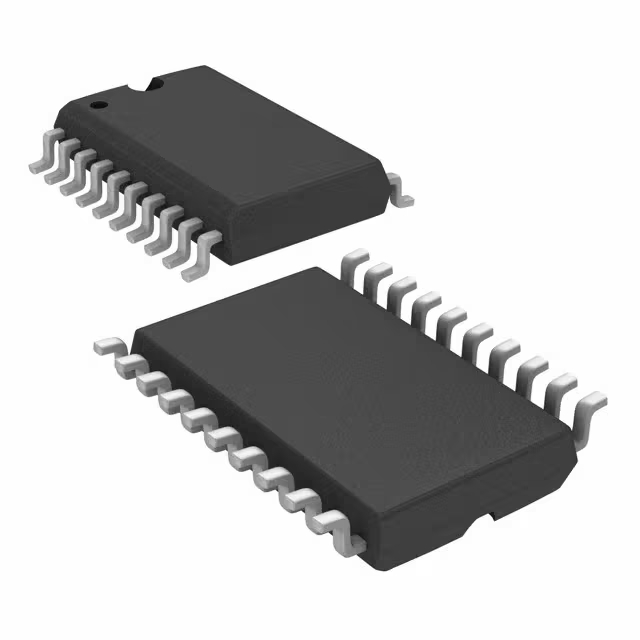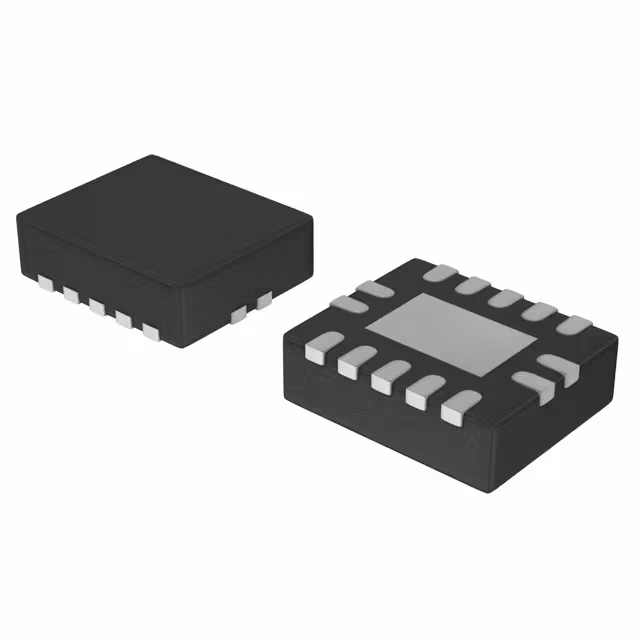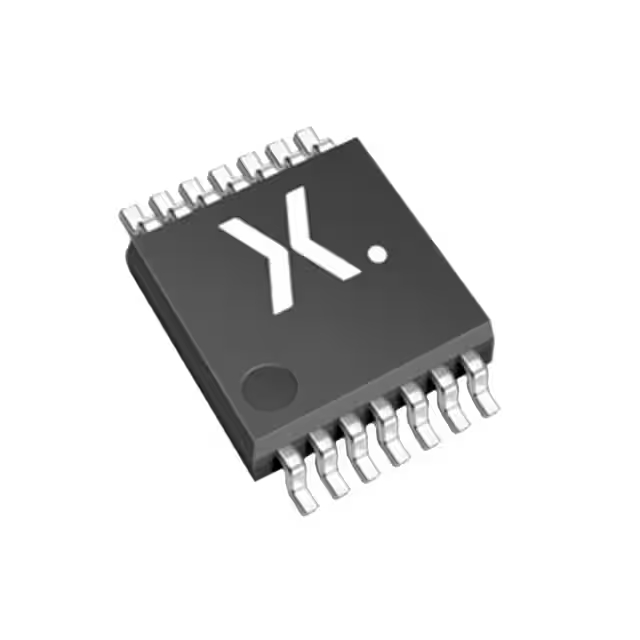MAX6675 Arduino の例とデータシート | 熱電対
- ブランド: アナログ・デバイセズ / マキシム・インテグレーテッド
- ダウンロード: -
- 価格: 問い合わせ
- 在庫あり: 17698
- ブランド: アナログ・デバイセズ / マキシム・インテグレーテッド
- 製品タイプ: センサーインターフェース
- サブカテゴリ: インターフェースIC
- パッケージ: -

HK$250.00以上のご注文で送料無料

迅速な対応、迅速な見積もり

すぐに発送、アフターサービスも安心

オリジナルチャネル、本物の製品の保証
TCMAX6675-G55 | 0-600C MAX6675 K-TYPE THERMOCOUPLE Temperature MOD
MAX6675
If you need to measure high temperatures with a microcontroller, the MAX6675 is definitely your friend. It reads K-type thermocouples and converts the signal directly into digital data. The best part? It handles cold-junction compensation internally, so you don’t need an extra sensor for ambient temperature correction.
With about ±2°C accuracy and 0.25°C resolution, it covers temperatures from 0°C to 1024°C—perfect for ovens, heating plates, or even industrial furnaces. It also has built-in filtering to keep readings stable and reliable. Its SPI interface is plug-and-play with Arduino and ESP32 boards, and it runs comfortably between 3.0 and 5.5 volts, making your setup simple and quick.
MAX6675 Pinout

| ピン番号 | ピン名 | 機能説明 |
|---|---|---|
| 1 | T- | Thermocouple negative input (K-type) |
| 2 | T+ | Thermocouple positive input (K-type) |
| 3 | GND | Ground (power negative) |
| 4 | VCC | Power input (3.0V ~ 5.5V) |
| 5 | SCK | SPI clock input (from host) |
| 6 | CS | SPIチップセレクト、アクティブロー |
| 7 | それで | SPI data output (temperature data) |
| 8 | ノースカロライナ州 | No connection (internally unused) |
When you’re wiring the MAX6675, pay close attention to thermocouple polarity: for a K-type, T+ is Chromel (positive) and T- is Alumel (negative). Mixing these up can give you incorrect or negative temperature readings. You can power it from either 3.3V or 5V depending on your microcontroller, and make sure to use pull-up resistors or check logic compatibility on the SPI pins (SCK, CS, SO).
Also, remember it’s not hot-swappable, so connect the thermocouple before powering it up to avoid data glitches. The MAX6675 doesn’t have built-in calibration, so if high accuracy matters, consider doing your own calibration.
MAX6675 Equivalent

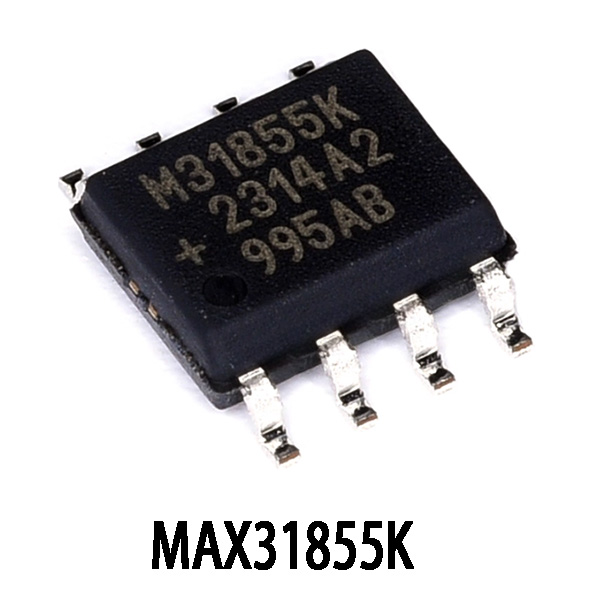
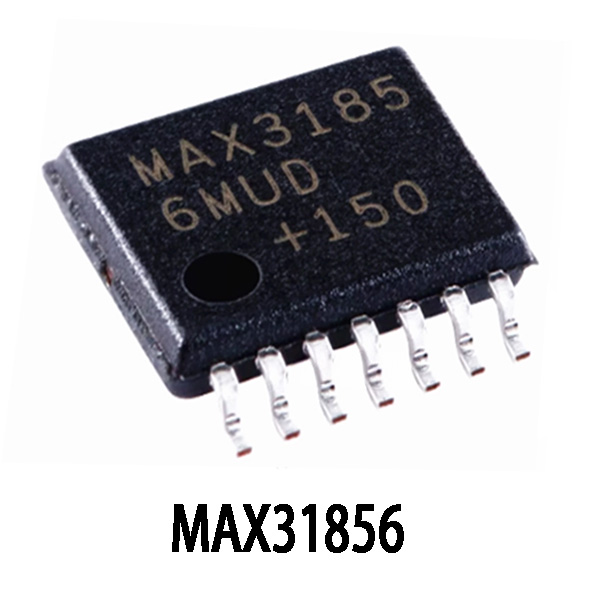

| パラメータ | MAX6675 | MAX31855K | MAX31856 | MCP9600 |
|---|---|---|---|---|
| インターフェースタイプ | SPI | SPI | SPI | I²C |
| Thermocouple Type | K type | K type | Multiple types (K/J/T/N, etc.) | Multiple types (K/J/T/N, etc.) |
| 解決 | 0.25°C | 0.25°C | 0.0078125°C | 0.0625°C |
| 温度範囲 | 0 ~ 1024°C | -200 ~ 1350°C | Depends on thermocouple | -200 ~ 1372°C |
| Accuracy (at room temp) | ±2°C | ±2°C | ±1~2°C | ±1.5°C |
| 動作電圧 | 3.0 ~ 5.5V | 3.0 ~ 3.6V | 3.0 ~ 3.6V | 2.7 ~ 5.5V |
| パッケージタイプ | SOP-8 | SOP-8 | SOIC-16 | MSOP, DFN, etc. |
If you’re looking for a direct replacement for MAX6675, the MAX31855K is your best bet. It’s practically identical—same package, same interface, similar accuracy. You can almost swap it right in. Just keep in mind it only works at 3.3V, so don’t accidentally hook it up to 5V.
If you need higher accuracy or support for multiple thermocouple types, consider the MAX31856. It’s much more powerful, but comes in a 16-pin package, meaning you’ll have to redesign your PCB. The MCP9600 is another option, but it uses I²C, making it unsuitable for direct replacement without redesigning your circuit layout.
MAX6675 Thermocouple Circuit Example
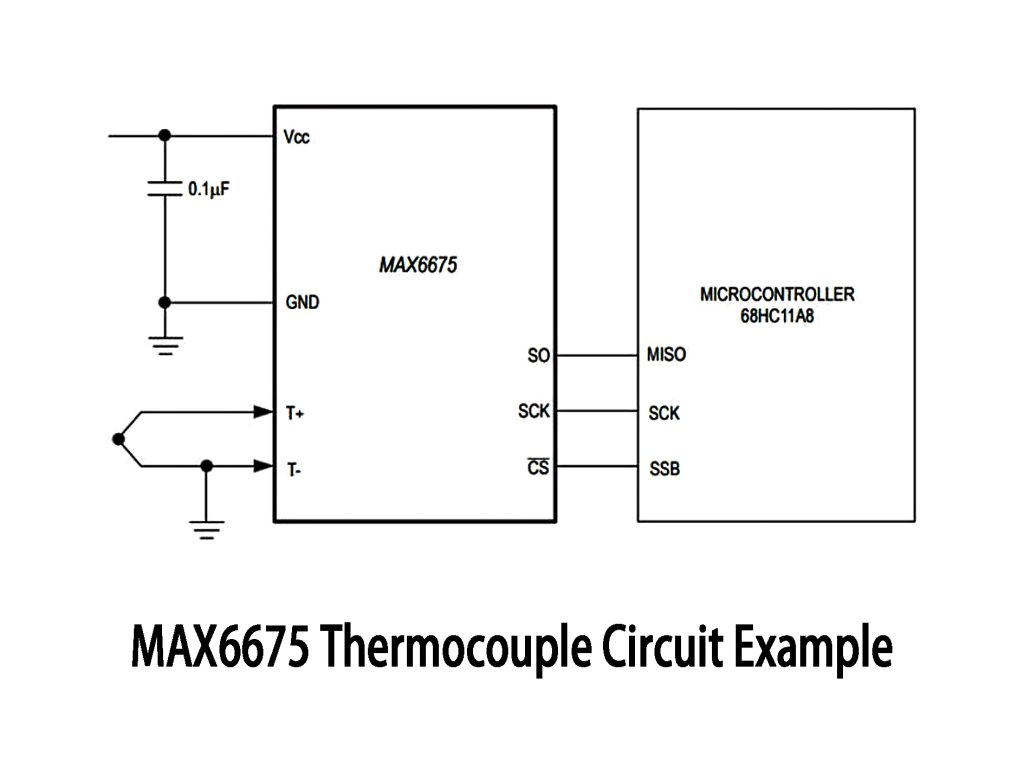
When wiring up the MAX6675, make sure your K-type thermocouple connects correctly: T+ for positive, T- for negative. Mixing these up can cause weird readings or negative values. Power it via VCC and GND, and use a 0.1μF capacitor nearby to filter noise for stable measurements.
For SPI communication, connect SO to your microcontroller’s MISO, SCK to your MCU’s SPI clock, and pull CS low from your controller to start communication. Keep thermocouple wires short to reduce interference; if they’re long, consider adding an RC filter or shield.
The MAX6675 is directly compatible with 5V MCUs. If you’re using a 3.3V system, double-check SPI logic levels to make sure everything matches up smoothly.
MAX6675 Arduino Wiring Project
Here’s how you easily wire a MAX6675 with an Arduino UNO: connect VCC to 5V, GND to ground, SO pin to Arduino D12 (MISO), SCK to D13, and CS to D10 (you can pick another pin like D9 or D8 if you prefer). Double-check your thermocouple polarity (usually red is negative), since reversed connections cause incorrect readings.
For code, use the MAX6675 library—it’s straightforward. After setting up your pins and initializing the sensor, you’ll see temperature readings through the Serial Monitor. If you get constant readings of -1 or 0°C, your thermocouple might be loose or damaged, so reconnect it. Stick to 5V power for best stability, as 3.3V can sometimes give you inconsistent results.
